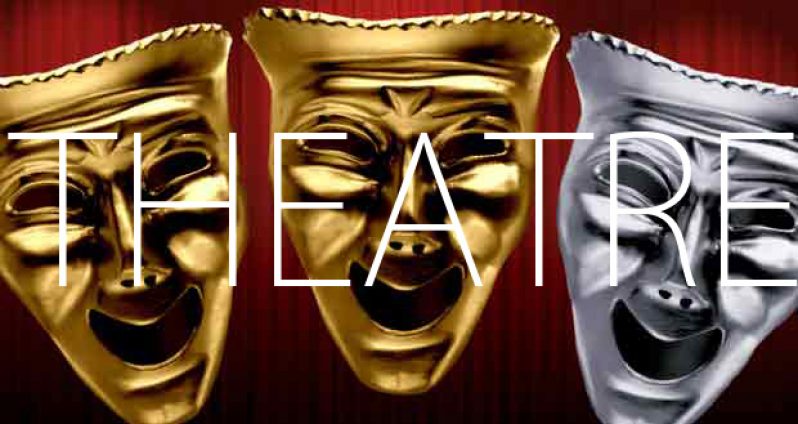Sometimes, especially in fairy tales and folklore, villains are often presented as one dimensional figures, with their villainy being primarily the only interesting feature of the individual that comes to the forefront. The goblin is hunting the little boy simply because, as the villain, the goblin needs to commit the act of trying to eat the boy. The sea-witch tricks the mermaid into giving up her voice because the sea-witch is just a malicious creature whose sole purpose is to doom the mermaid. But is that really all there is to our villains?

How often do we stop to consider that they might be more than what we see? Perhaps the goblin is starving and is only hunting the boy because there is nothing else to eat? Perhaps the sea-witch has self-esteem issues regarding her own voice? Gregory Maguire’s Wicked, on which the popular musical is based, is destined to become a cult classic, if it already isn’t, because of the manner in which it presents the concept of “villainy” by presenting a complex and ravishing story about one of the most famous villains in literature: the Wicked Witch of the West from L. Frank Baum’s The Wizard of Oz.
Maguire’s book goes back to the witch’s story, presenting her and not Dorothy as the protagonist, and traces her life from her birth, all the way to the end shown in The Wizard of Oz when Dorothy vanquishes the witch by dousing her in water. Maguire from the outset of his own novel sets out to redeem the character of the witch, showing how no one is ever born evil, how notions of what is “evil” really depends on who is having the conversation, and how oftentimes there are many factors that lead to the creation of any single perceived “villain” and their ideology.
One of the most interesting things about Wicked is the way in which the author always pays homage to Baum’s original work, and manages to do so through multiple callbacks and Easter eggs that are always respectful of the source material while ensuring Wicked remains suitable for the contemporary reading audience. Thus, we see Maguire using original figures, like the Munchkinlanders, the talking Animals, and others to highlight themes of class, discrimination, nature, the environment, etc.
Elphaba (yes, the Wicked Witch had an actual name) and her own relationships and many significant events of her life is a lesson in the concept of “othering”, where her green complexion and her views on important matters makes her an outsider. Indeed, out of all the changes Maguire made, from the portrayal of Glinda, the Good Witch, as a bit of a snob, and the presentation of the “Wizard” as a despot, it is the re-writing of Elphaba, the Wicked Witch (perhaps now better written as the “Wicked” Witch) that is most astounding. In Elphaba, Maguire reveals to the reader that villains, much like heroes and heroines, are complex people, with motivations that are rooted in what they believe to be good. Therefore, in the end, Maguire makes us see that his Witch is beautiful, complicated, strong, witty and passionate, but most definitely not wicked.




.png)









